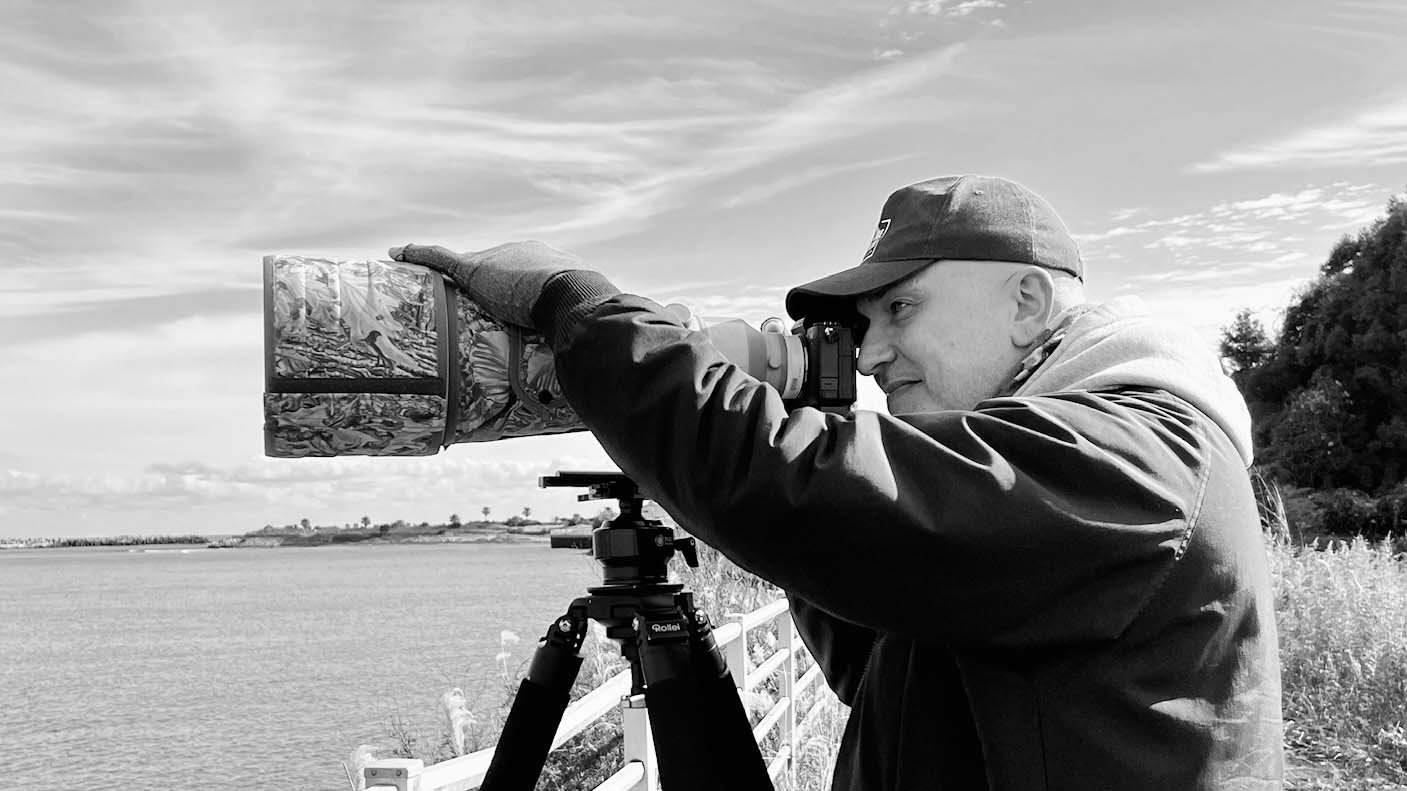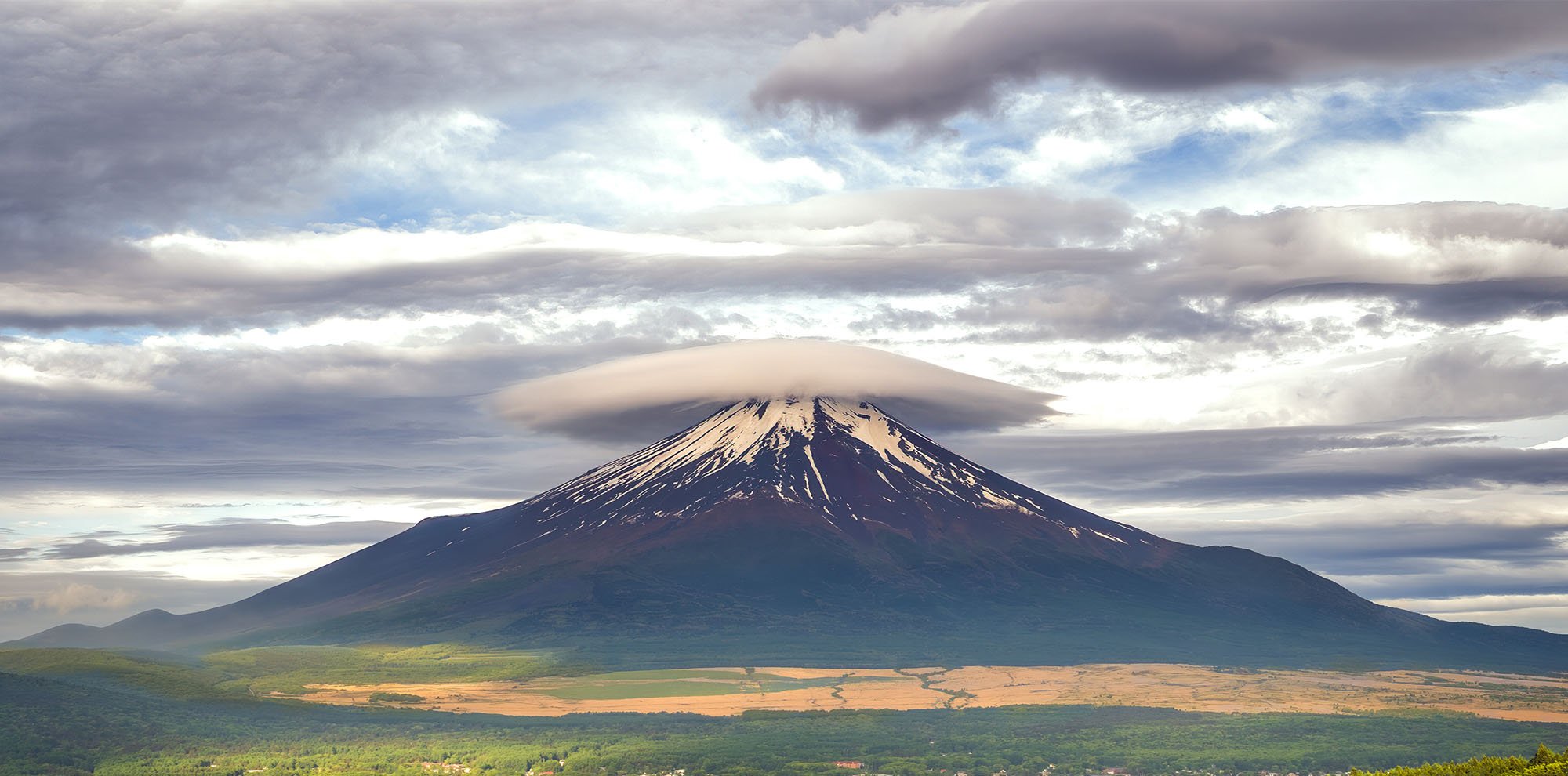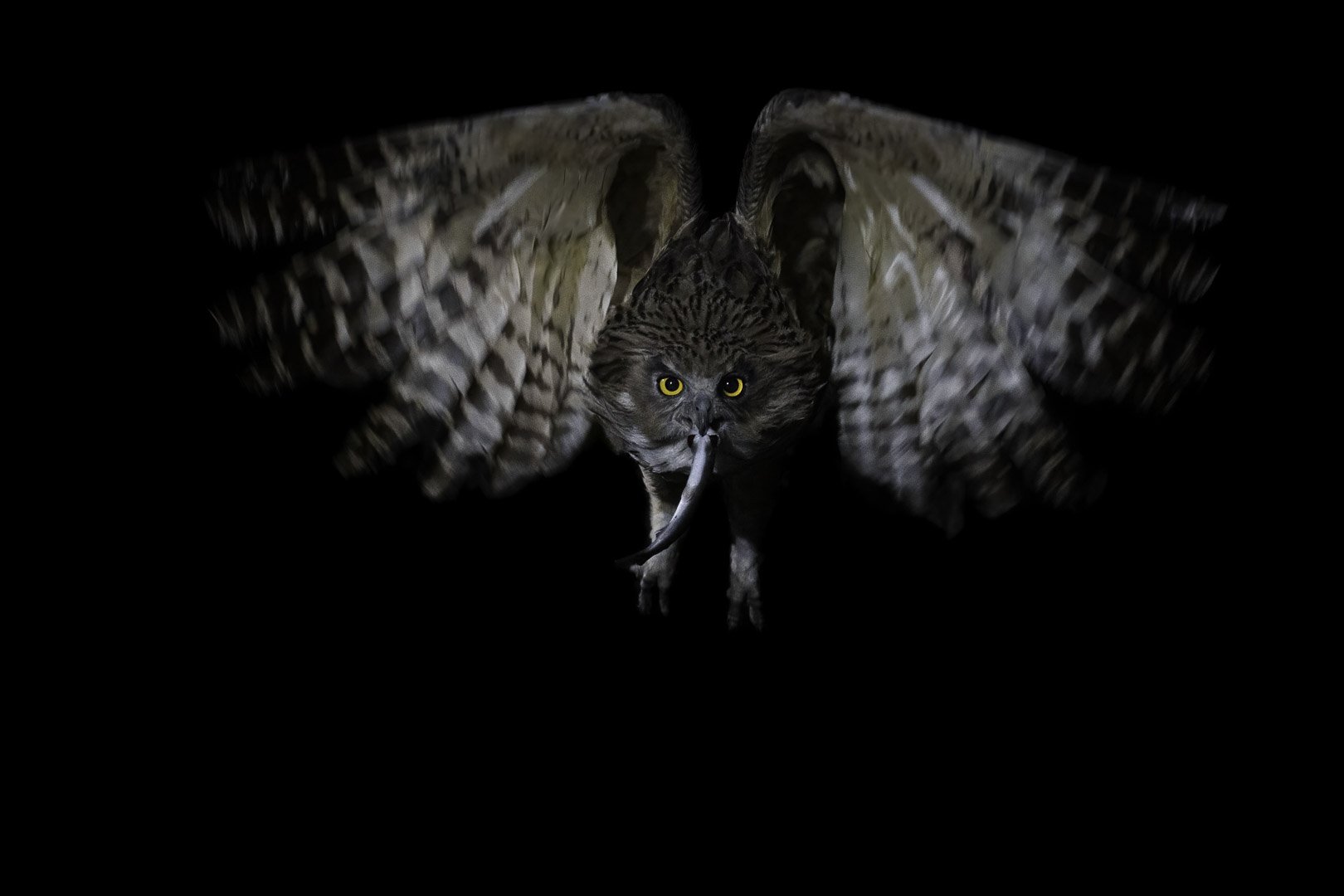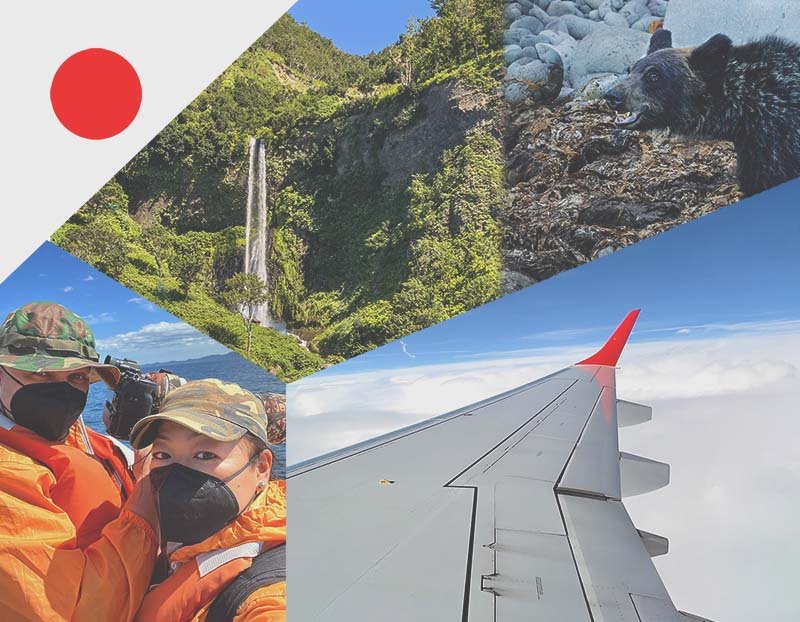Live Blog: Bōsō Peninsula - Driftwood Beach 2023 / 2024 #3
Driftwood Beach - Photographed with Sony A1 + 1.4 TC + 400 mm f2.8
December 24, 2023 - At Driftwood Beach
In the third part of my live blog, I continue to share our exciting stay on the Bōsō Peninsula in Japan! After a short, relaxing stay in Tokyo, which I wrote about in the first entry, we dedicated ourselves to further exploration adventures on the Bōsō Peninsula. During our tours, we experienced some unexpected and delightful moments. If you haven't followed the first weeks of our stay in Japan, you can catch up here:
In the next and final part of our journey, we will take you to Hokkaido, a winter nature paradise. There, we will encounter fascinating wildlife, including cranes, deer, flying squirrels, sea eagles, and many other impressive animals.
First Stage: Between the Pacific and Reed Belt
On Christmas Eve, I set out before sunrise to explore a new beach area, specifically Driftwood Beach, located at the mouth of the Izumi River. This beach is known for the abundance of driftwood washed ashore, as the name suggests. In the warmer months, turtles come here to lay their eggs. It is not a typical swimming beach, but for those seeking enjoyment, the 66 km long Kujūkuri Beach (九十九里浜, Kujūkuri-hama) offers plenty of space for swimming and especially surfing.
Between Driftwood Beach, the associated dunes, and a natural watercourse with a reed area, there is a broad belt of shrubs, bushes, and trees where many birds can be found. This was exactly what I wanted to explore. A hiking trail runs along the natural watercourse, winding between the two water bodies.
So I set off. The first stage of my exploration led me along the hiking trail through diverse vegetation and bird songs. I was able to observe and photograph a variety of species. My first tour in the morning was a circular hike, 1 km on the hiking trail and the same way back over the dunes. The path on the dunes was better suited for observation and photography as it was at treetop level with the rising sun behind me.
On my first stage, I was able to observe and photograph the following species:
Meadow Bunting (Emberiza cioides)
Oriental Greenfinch (Chloris sinica)
Bull-headed Shrike (Lanius bucephalus)
Dusky Thrush (Turdus eunomus)
Grey Heron (Ardea cinerea)
Mallard (Anas platyrhynchos)
Japanese Cormorant (Phalacrocorax capillatus)
Red-flanked Bluetail (Tarsiger cyanurus)
Here are a few of my documentary photos:
Second Stage: A Pleasant Surprise
The morning was already very successful for my first exploration in this area. When I returned to the car, I swapped my equipment from the Sony A1 + TC 1.4 + Sony 400 mm F2.8 to the Sony a6700 + Sony 200 - 600 F5.6 / 6.3, as I wanted to try this combination and also move more compactly along the beach.
Back at the beach, I couldn't spot any waterfowl. The sea was rough, and I strolled along Driftwood Beach. Anglers stood sporadically in the surf. Apart from the masses of wood, ranging from simple bamboo to thick tree trunks, roots, and beams, there was nothing but the wind and the strong roar of the waves crashing on the shore. Perfect, exactly what I seek when I'm out and about - tranquility.
After walking 500 meters along the beach, I noticed a group of black dots on the choppy water. Instantly, I thought: Could it be the Black Scoter again?
Black scoter or American scoter (Melanitta americana) - Photographed with Sony a6700 + 1.4 TC + 200 - 600 mm f5.6/6.3
I carefully approached the group, which was bobbing up and down in the waves. Indeed, it was the Black Scoter (Melanitta americana) that I had observed a few days earlier at Kujūkuri Beach. I saw my chance to finally photograph and film them up close. There was only one hurdle left: changing my position so I could photograph with the sun instead of against it. Because, in addition to the backlight problem, these birds are black, at least the males. The females are not much lighter in color either.
Nevertheless, I first took the opportunity to take some backlit photos while gradually approaching. You never know; better a backlit photo than no photo at all. Thus, a series of shots was created, ranging from portraits to habitat shots.
Third Stage: A Beautiful Starling Species and a Landscape Photo
After the wonderful experience with the fascinating Black Scoter, I wanted to visit a small pond I had discovered on Google Maps, which was nearby. On the way, I noticed a flock of dark birds on the roadside. Initially, I couldn't identify the species, so I stopped, grabbed the camera, and took my chances. For this, I used the Sony a6700 + TC 1.4 + 400 mm F2.8. After a short internet search, I discovered the name of these small dark birds - they were White-cheeked Starling (Spodiopsar cineraceus), a beautiful starling species.
White-cheeked Starling (Spodiopsar cineraceus) - Photographed with Sony a6700 + 1.4 TC + 400 mm f2.8
After this brief stop, I reached the pond, but there was nothing interesting to see. The sun was already high in the sky, so I drove about half a kilometer further to the sea. There, a beautiful scene awaited, perfect for a landscape photo and a fitting end to my Christmas Eve tour on the Bōsō Peninsula.
Suzume jima (Meoto iwa) – Photographed with Sony A1 + Sony APS-C 16-50 mm F3.5-5.6 OSS
Update on the Suzumejima (Meotoiwa) Rock: The rock, as seen in the picture, no longer exists in that form. I was fortunate enough to photograph this naturally shaped rock artwork as it was. Unfortunately, the arch/rock bridge on the left side collapsed a month later during an earthquake. These are moments when nature photography shows its true significance.































